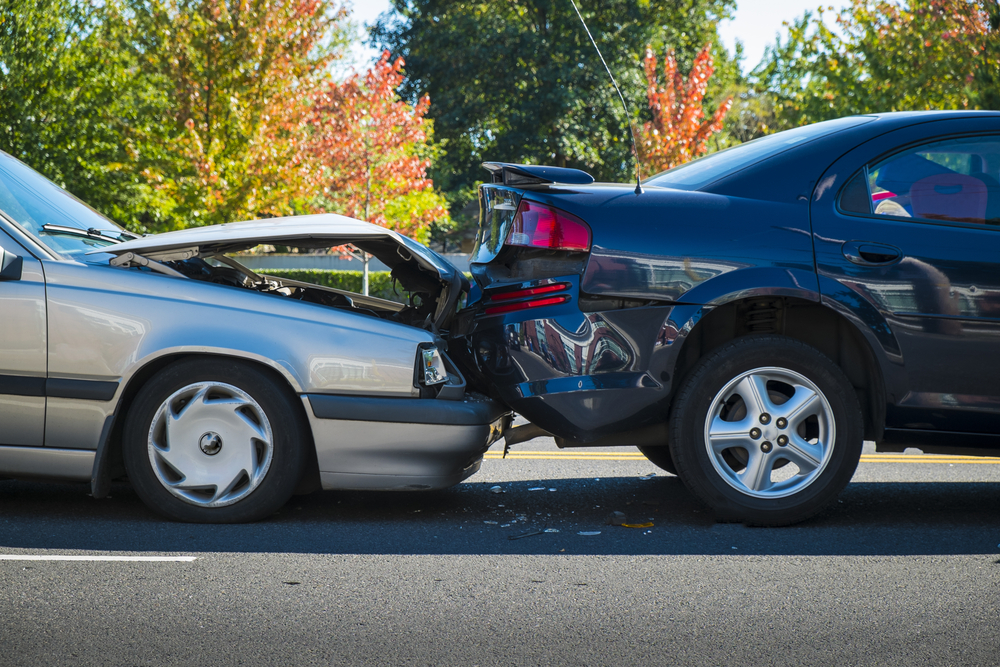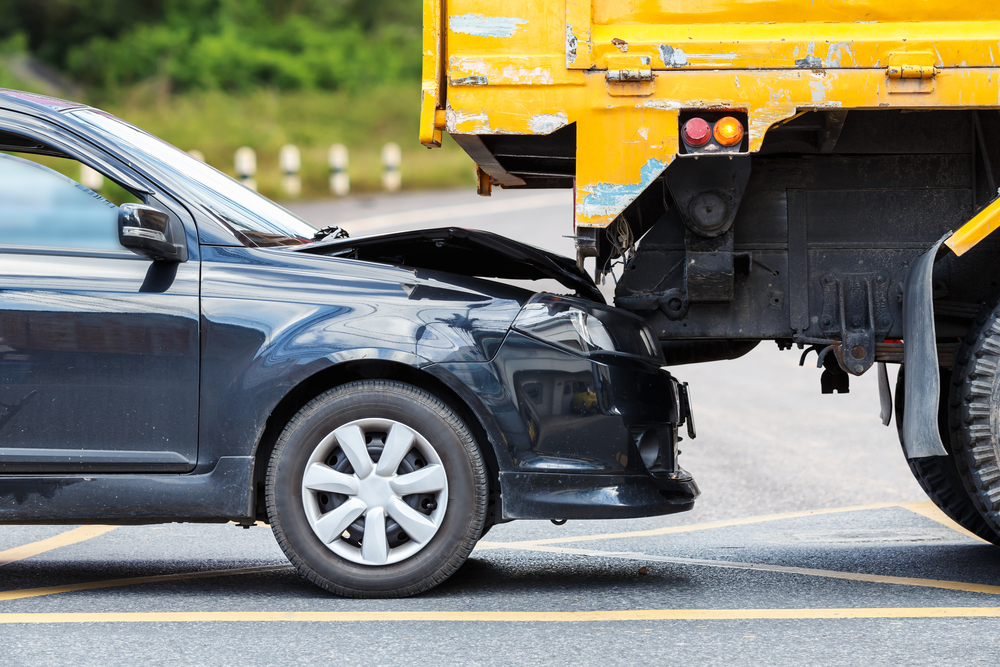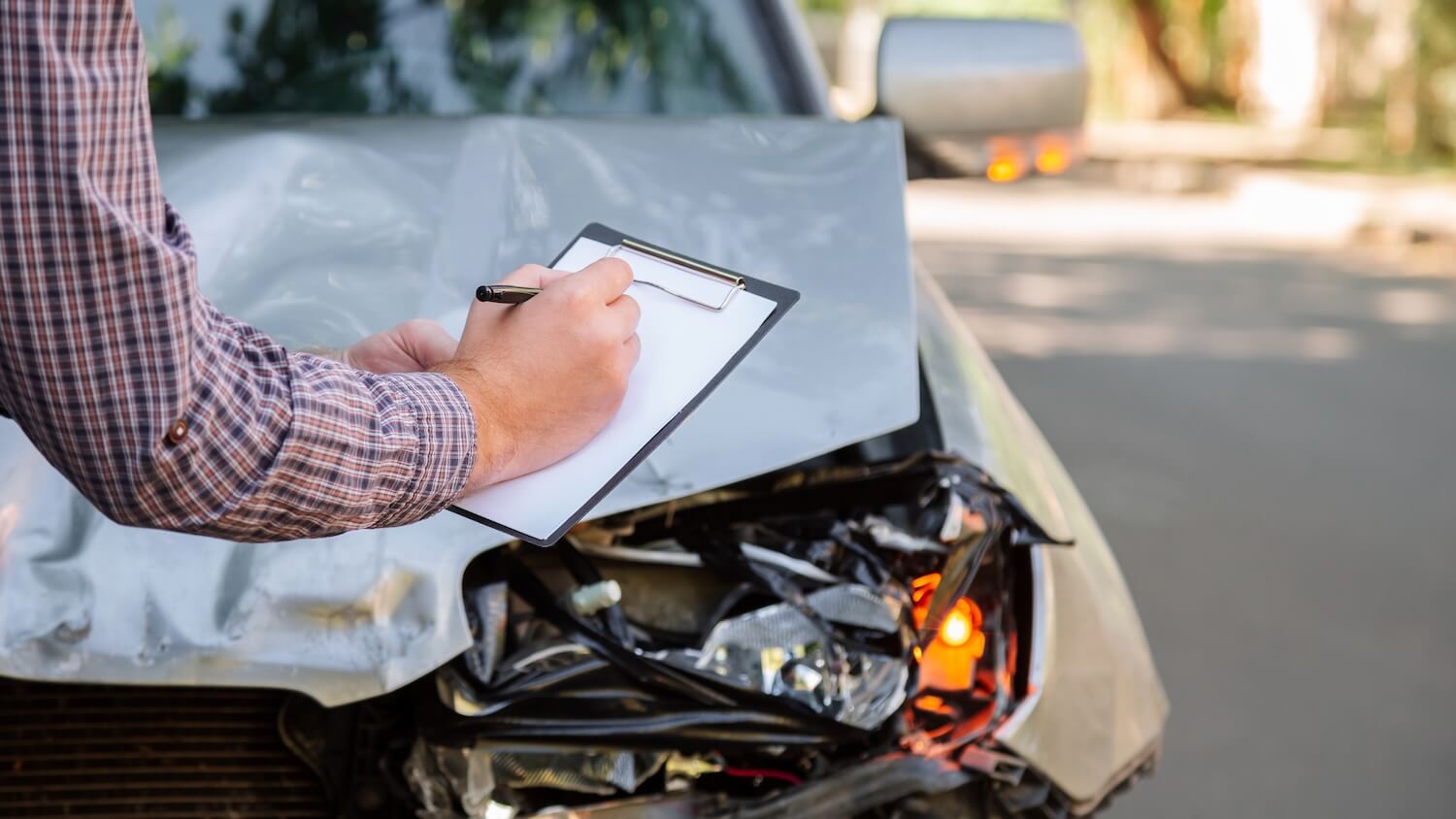Rear-End Collisions: Who’s at Fault and Why It Matters

Written by Matthew Weidinger

Rear-end collisions are among the most common types of traffic accidents, often raising questions about who is responsible. In most cases, the driver who hits from behind is considered at fault because they are expected to maintain a safe following distance and stay alert. Understanding fault is essential for the claims process and legal responsibility after an accident.
Determining liability in these crashes affects insurance payouts and can influence future driving records. However, there are exceptions where fault might be shared or assigned differently, such as sudden stops or mechanical failures. Clarifying these details helps drivers know their rights and obligations following a rear-end collision.
Understanding Rear-End Collisions
How Rear-End Collisions Happen
Rear-end collisions typically occur when the following vehicle fails to stop or slow down in time. This failure can be due to distractions, tailgating, or sudden braking by the lead vehicle. The impact force depends on speed, vehicle mass, and the distance between cars.
The dynamics involve rapid deceleration and the transfer of kinetic energy from the rear vehicle to the front. Drivers often misjudge stopping distances or overestimate their ability to react. The lead vehicle’s sudden slowdown or stop creates limited time for the trailing driver to respond.
Common Contributing Factors
Several factors increase the risk of rear-end collisions, including distracted driving, such as texting or adjusting controls. Poor weather conditions like rain or fog reduce visibility and braking efficiency.
Other contributors include speeding, vehicle malfunction (e.g., brake failure), and following too closely. Road conditions, including slippery or uneven surfaces, also affect stopping distance and control. Understanding these elements helps explain why rear-end collisions frequently occur and who may bear fault.
Determining Fault in Rear-End Collisions
Legal Principles Governing Fault
The basic legal principle in rear-end collisions is that the driver who rear-ends another vehicle is generally presumed to be at fault. This stems from their duty to maintain a safe following distance and to control their vehicle to avoid collisions.
Liability arises when a driver fails to stop in time due to inattention, speeding, or other negligent behavior. Laws require drivers to anticipate sudden stops and adjust speed accordingly. In some jurisdictions, comparative negligence rules allow fault to be shared if the front driver acted improperly, such as suddenly braking without reason.
Courts examine evidence like traffic camera footage, skid marks, and witness statements to confirm each driver’s responsibility in the crash.
Typical Presumptions and Their Limitations
The common presumption holds the rear driver entirely responsible because they struck the back of the lead vehicle. This is based on the idea that the lead driver has the right to stop, and the following driver must avoid a collision.
However, this presumption can be challenged. For example, if the lead driver reverses suddenly, experiences mechanical failure, or signals improperly, the fault may shift partially or fully away from the rear driver.
Insurance companies and courts often weigh the facts carefully to avoid applying this presumption rigidly. While it simplifies fault assignment, it is not absolute and must be corroborated by specific evidence.
Exceptions to Liability
There are notable exceptions where the rear driver may not be held fully liable. One exception is if the lead vehicle suddenly reverses — a rare but valid cause of collision that can shift fault. Mechanical failures in the lead vehicle, such as a brake malfunction, can also exempt the rear driver from full liability if they were driving responsibly.
Additionally, if the lead driver abruptly stops without clear cause, courts may assign partial or full fault to them under the doctrine of comparative negligence. This underscores the importance of context in fault determination.
Insurance policies and legal outcomes vary depending on these exceptions and factual findings.

Why Fault Matters After a Rear-End Collision
Insurance Claims and Liability
Assigning fault clarifies which party’s insurance is responsible for paying claims. Typically, the rear driver is presumed at fault for failing to maintain a safe distance. This presumption influences how insurance companies process liability and reduce disputes.
If fault is disputed, insurance companies may investigate vehicle damage, traffic conditions, and witness statements. Fault also affects premium increases; the driver deemed responsible often faces higher rates.
Correctly establishing fault protects insured drivers from unjust claims. It ensures the responsible party’s insurer covers repair costs and medical bills without penalizing the other driver unfairly.
Compensation for Injuries and Property Damage
Fault determines who pays for medical treatment, lost wages, and vehicle repairs. When fault is clear, the injured party can seek damages from the at-fault driver’s insurer without delay. If the rear driver is at fault, their insurance usually covers:
- Medical expenses
- Property damage
- Pain and suffering
The non-fault driver has legal grounds to recover these costs. Without clear fault, compensation claims become more complex, possibly requiring legal intervention. Proper fault determination is essential for fair financial recovery after a collision.
Legal Support and Guidance in Rear-End Collision Cases
How Smith & Weidinger PLLC Helps Victims
Smith & Weidinger PLLC specializes in representing individuals involved in rear-end collisions. Our team conducts thorough investigations to establish fault by reviewing police reports, witness statements, and accident reconstruction data.
We assist clients in documenting injuries and damages to maximize compensation claims. Our firm negotiates directly with insurance companies to prevent unfair settlements and prepares for trial if necessary. Our approach includes providing clear advice on legal rights and realistic outcomes.
Victims receive personalized attention tailored to their case specifics, ensuring no detail is overlooked. Smith & Weidinger PLLC also handles all paperwork and deadlines, reducing stress for clients during the legal process.
Navigating the Legal Process
The legal process after a rear-end collision typically starts with filing a claim against the responsible party. Smith & Weidinger PLLC guides clients through each phase, from initial consultation to settlement or trial.
Our clients learn how evidence is collected and how liability is proven under state laws, and our firm explains common challenges such as comparative negligence or disputes about injury severity.
Communication is key. That is why our firm keeps clients informed on case status and possible outcomes to enable informed decisions. We also outline realistic timelines and expenses, helping clients manage expectations.This guidance ensures victims do not miss critical filing deadlines or procedural requirements that could jeopardize their claims. Contact our team today.
Note: The information provided in this blog post has been compiled from publicly available and secondary sources. While we strive for accuracy, some details may become outdated or contain inadvertent errors. If you believe any information is incorrect or requires updating, please contact Smith & Weidinger so that we may review and make the appropriate corrections.
Disclaimer: This blog post is for informational purposes only and is not intended as a solicitation for business. The photo used is not from the scene of the incident described. Viewing this content does not create an attorney-client relationship with Smith & Weidinger. If you have been injured in an accident, please seek immediate medical attention and then consult with a qualified attorney to discuss your legal rights and options.










